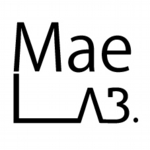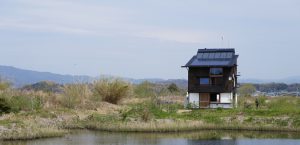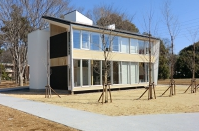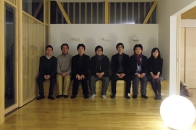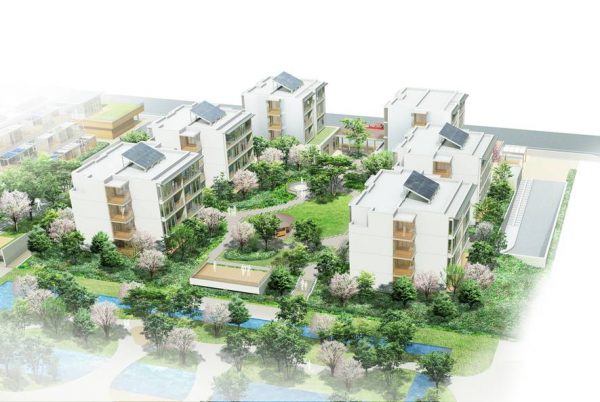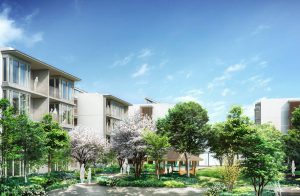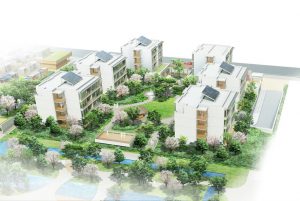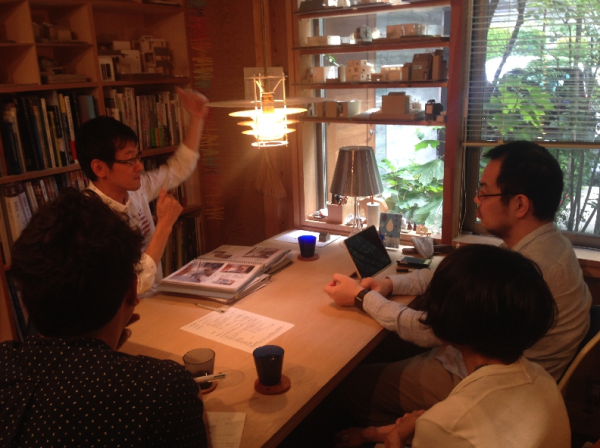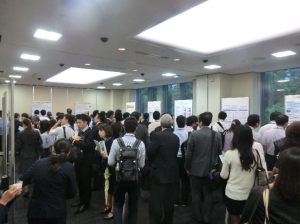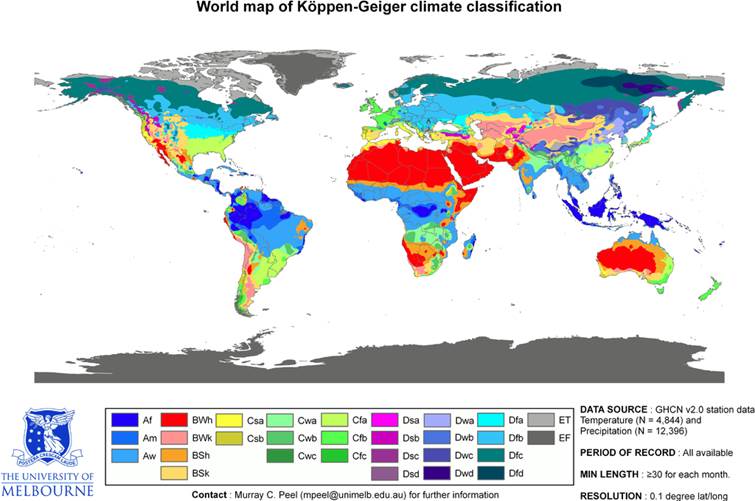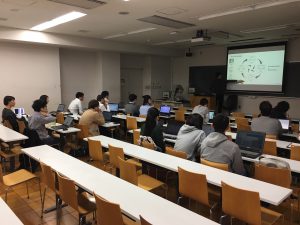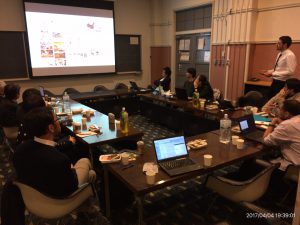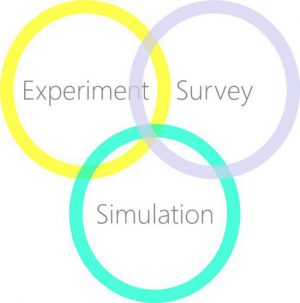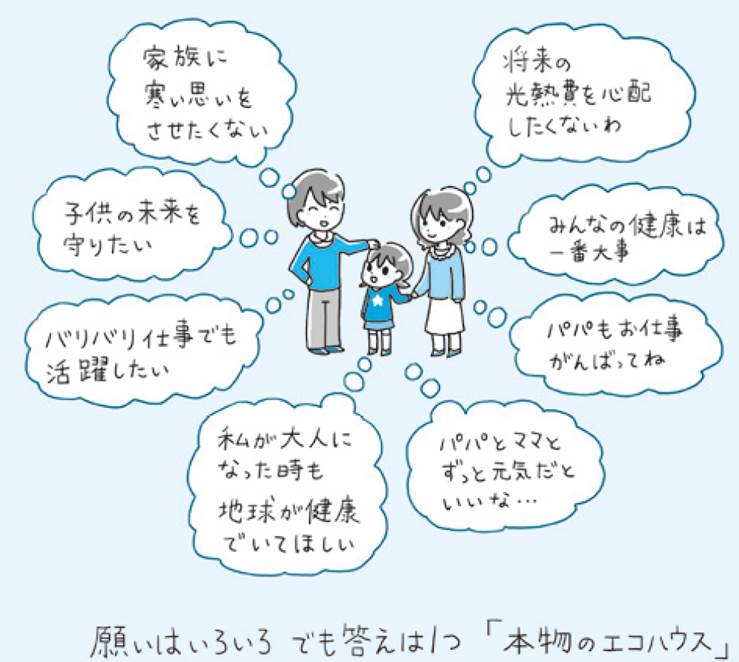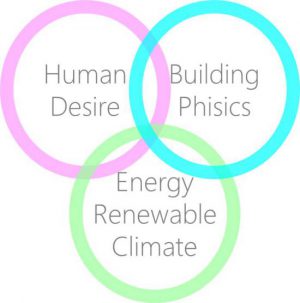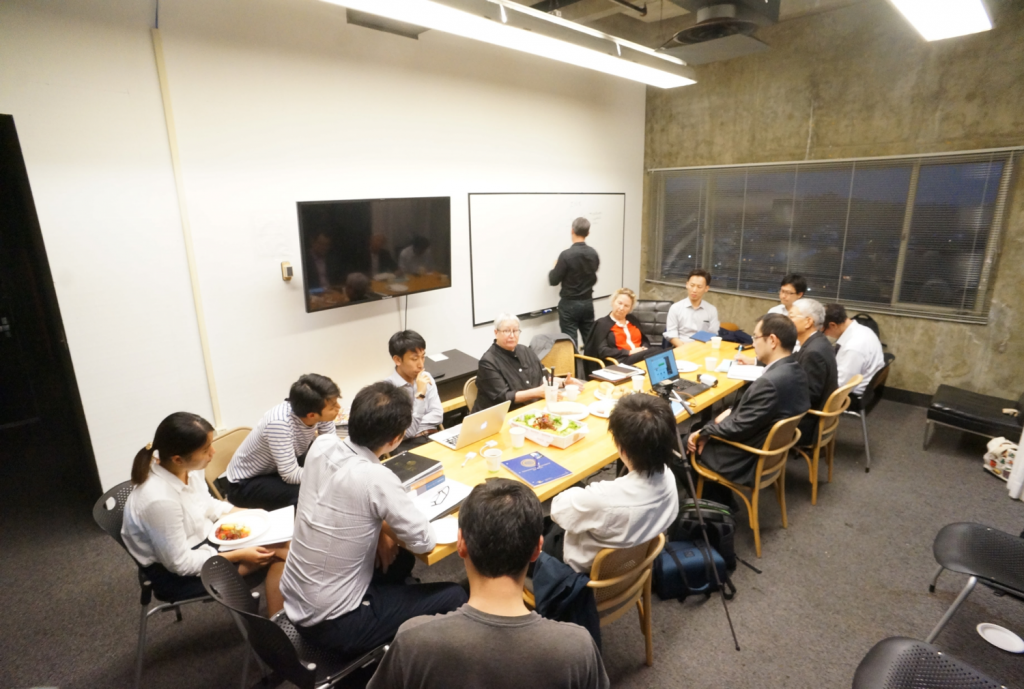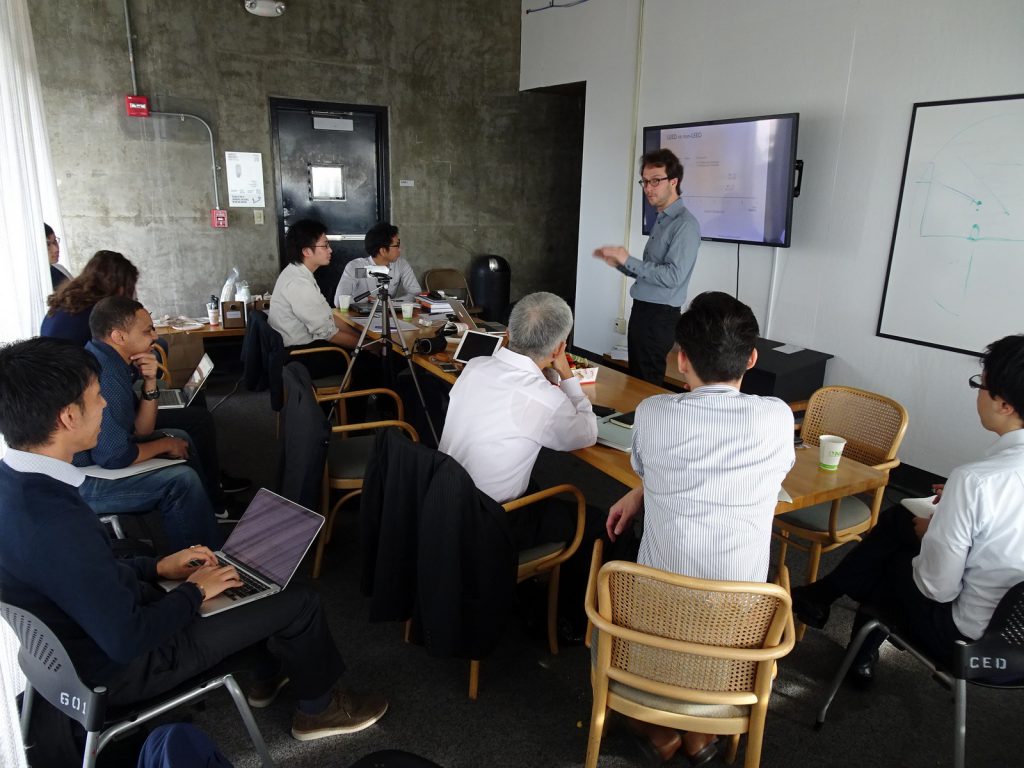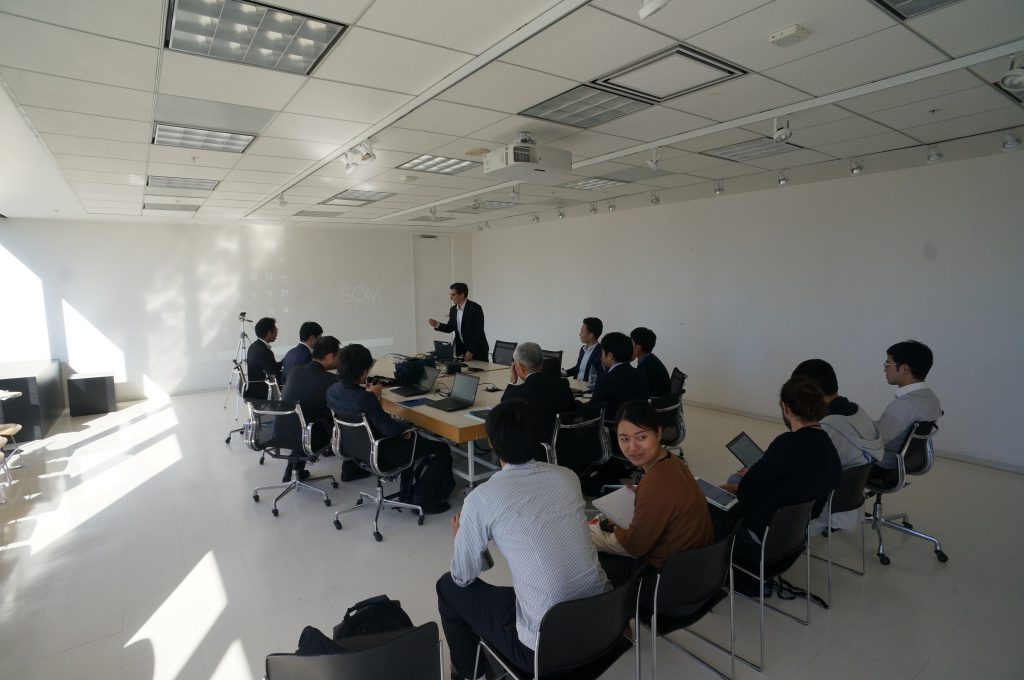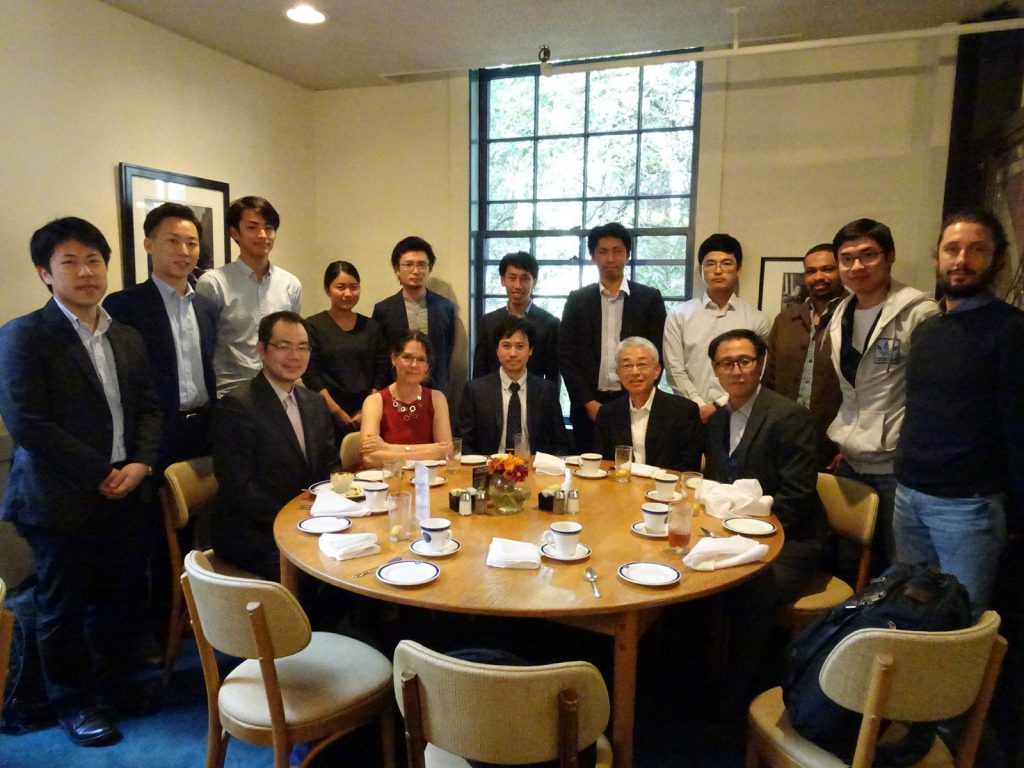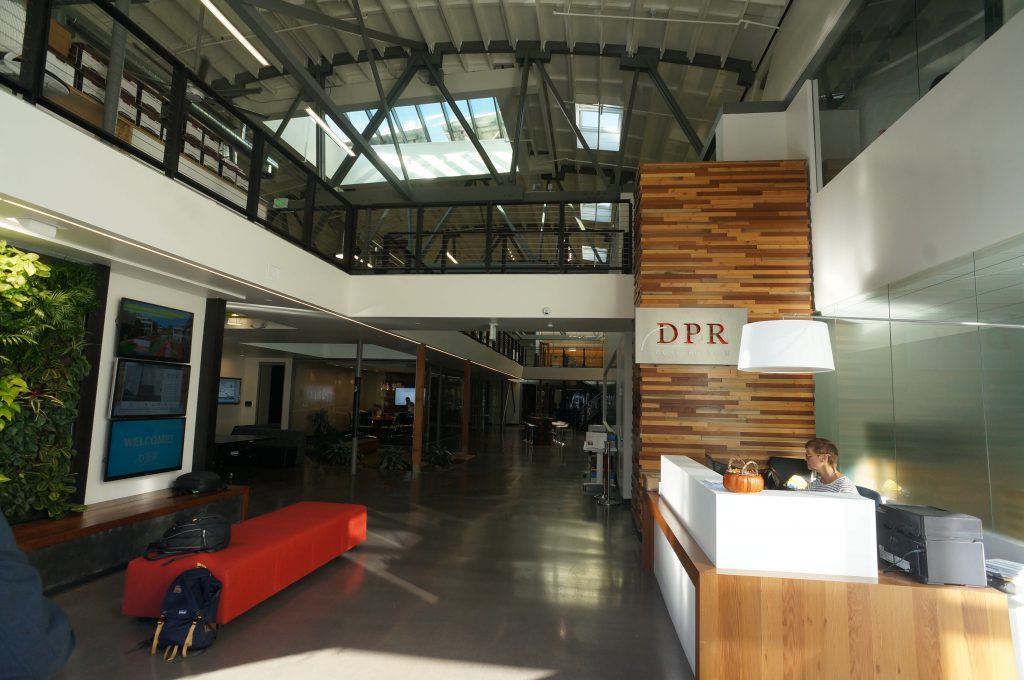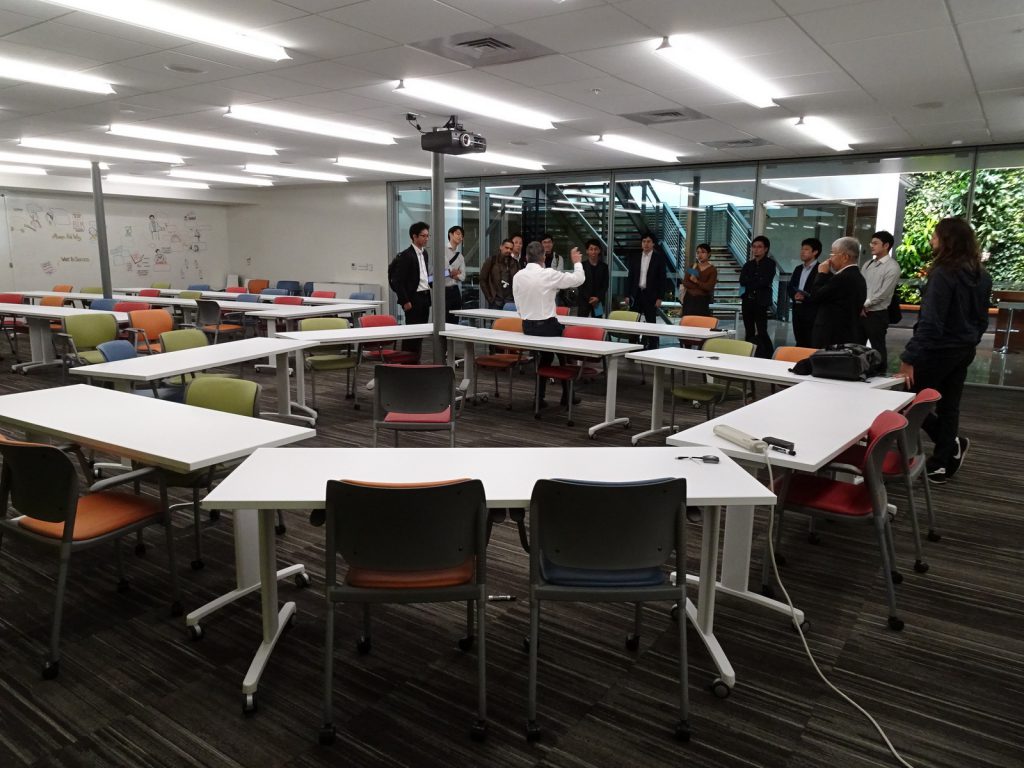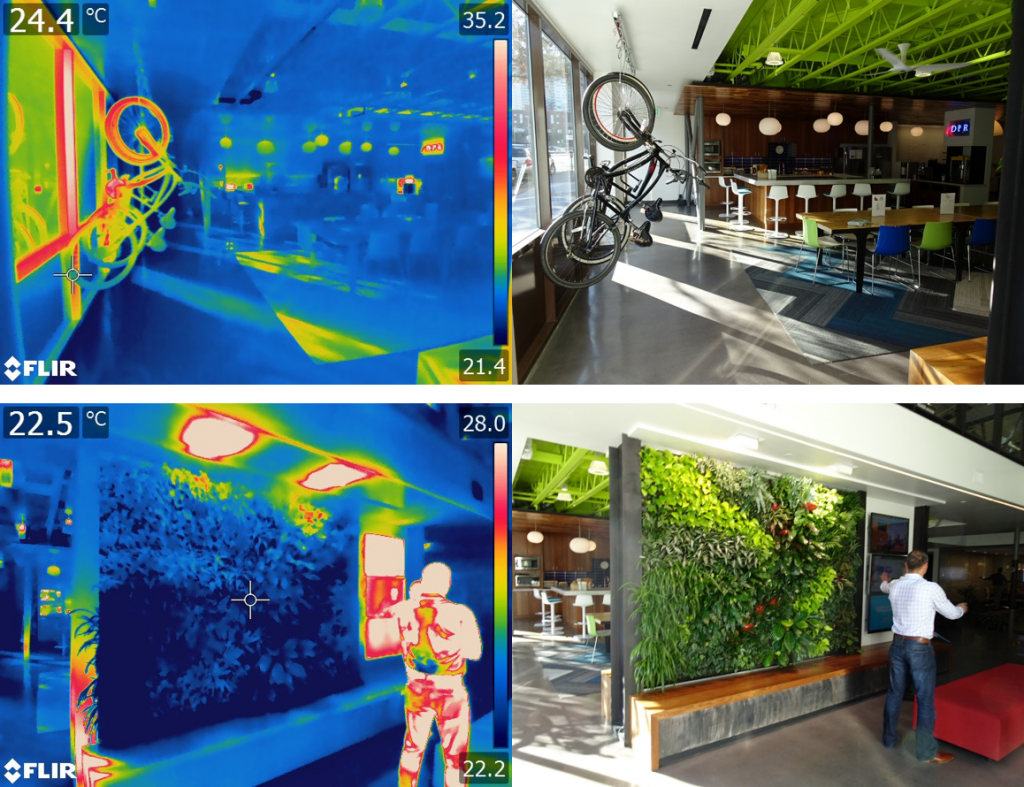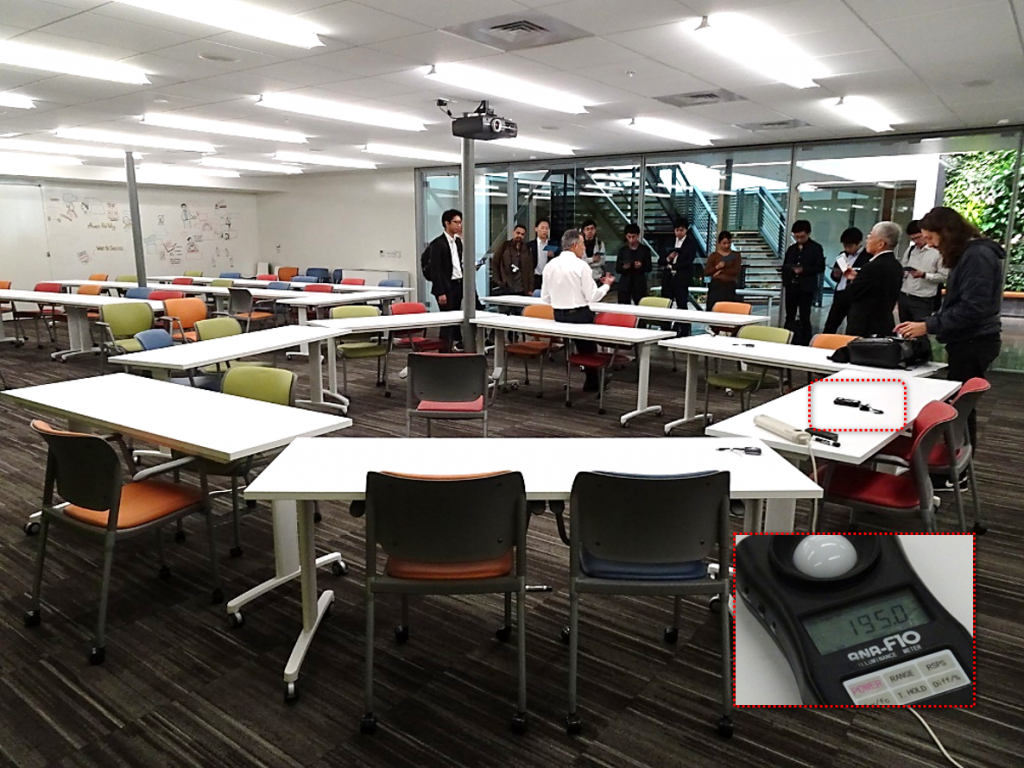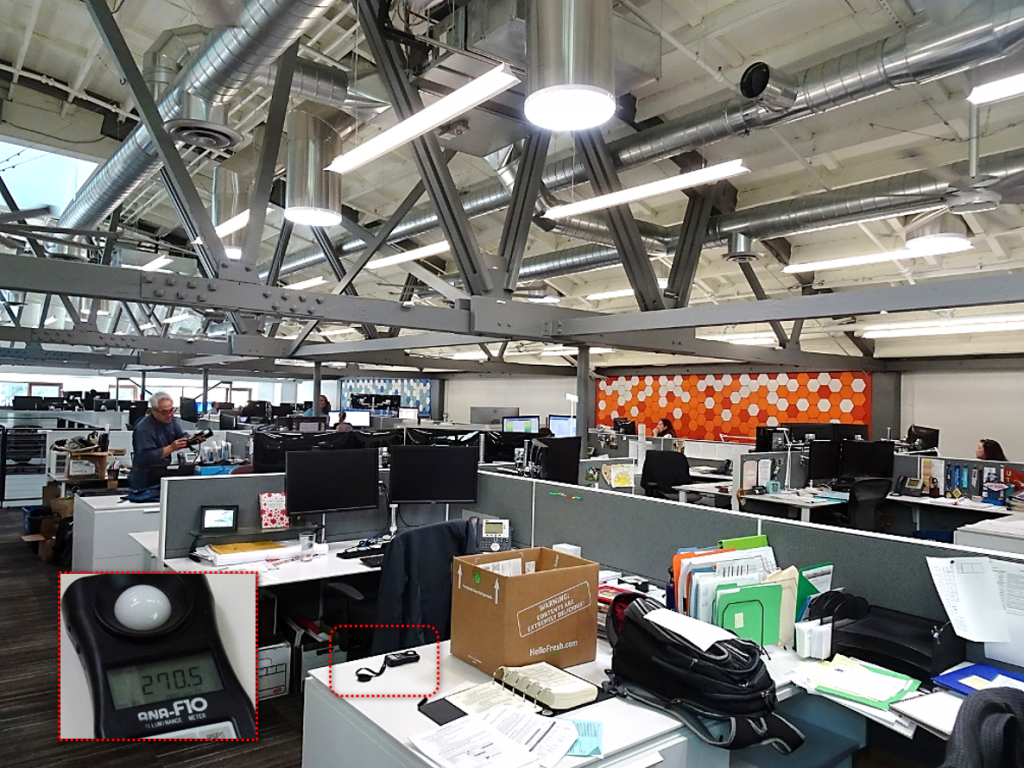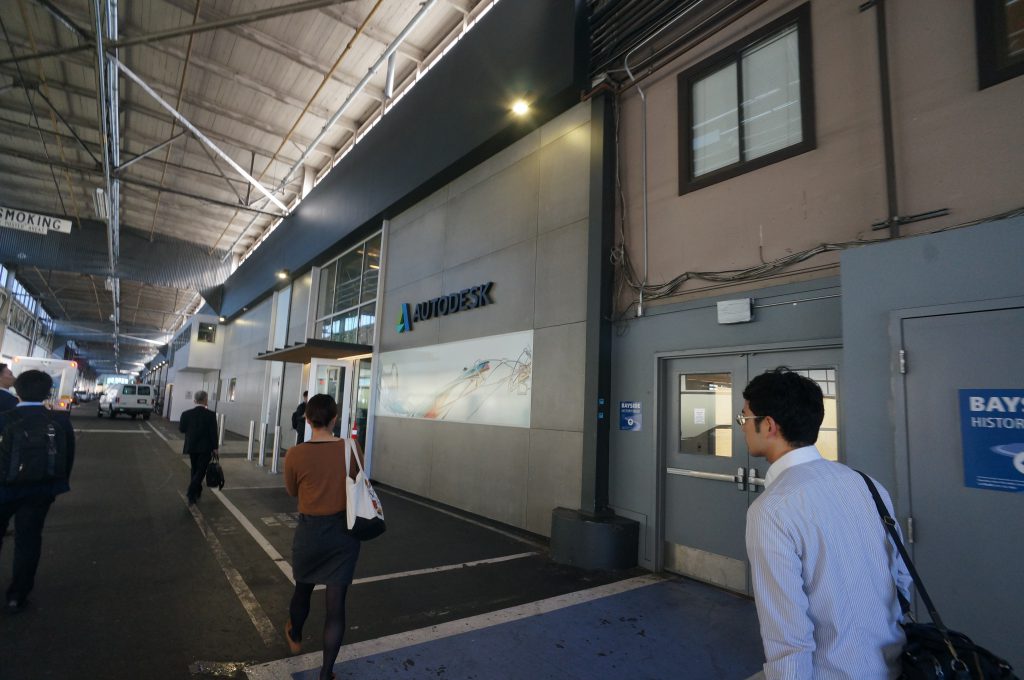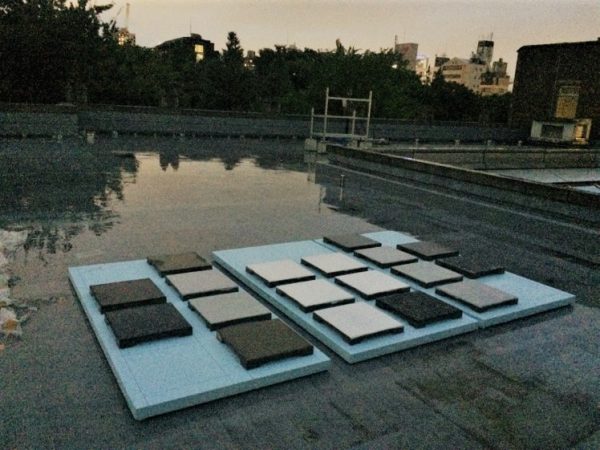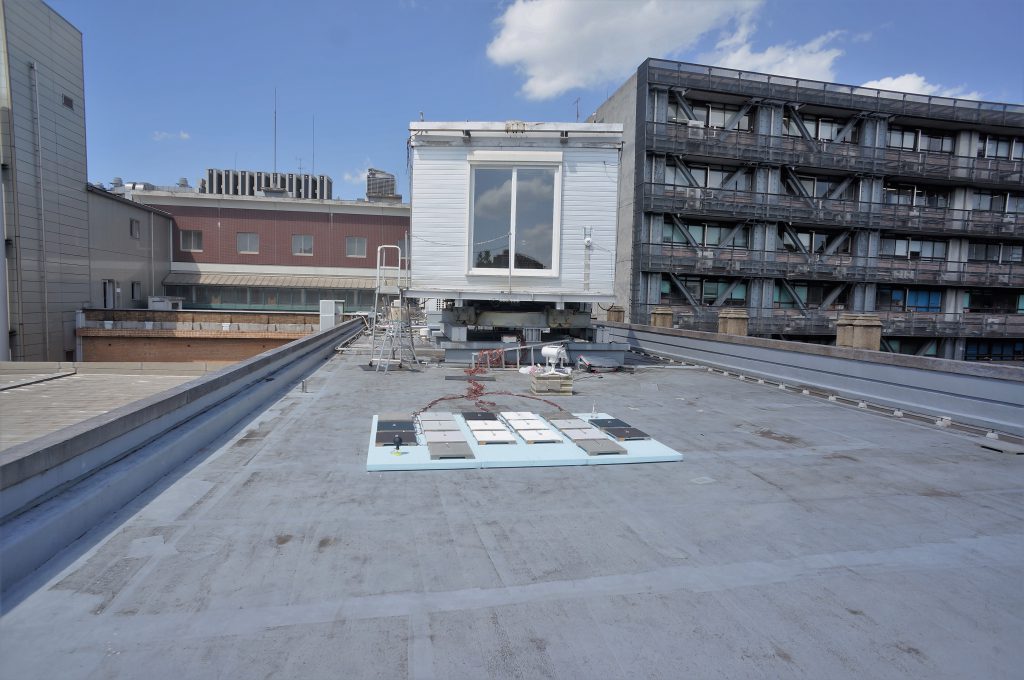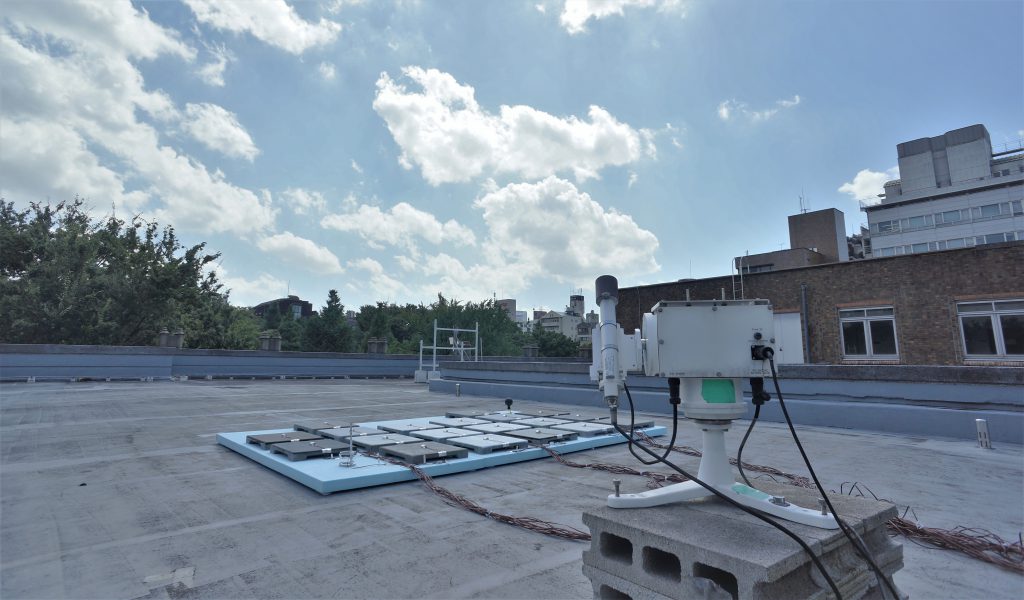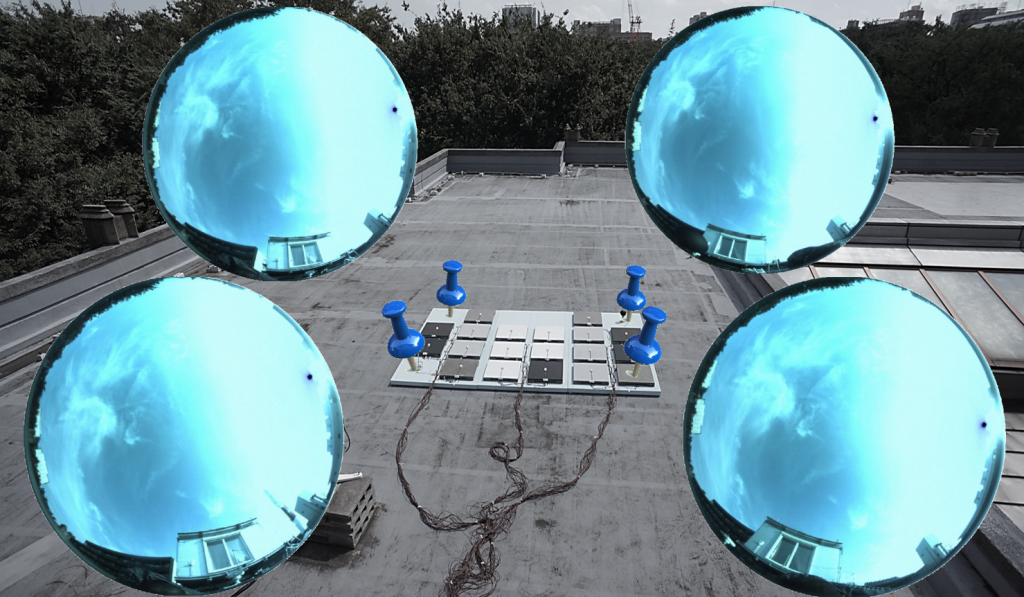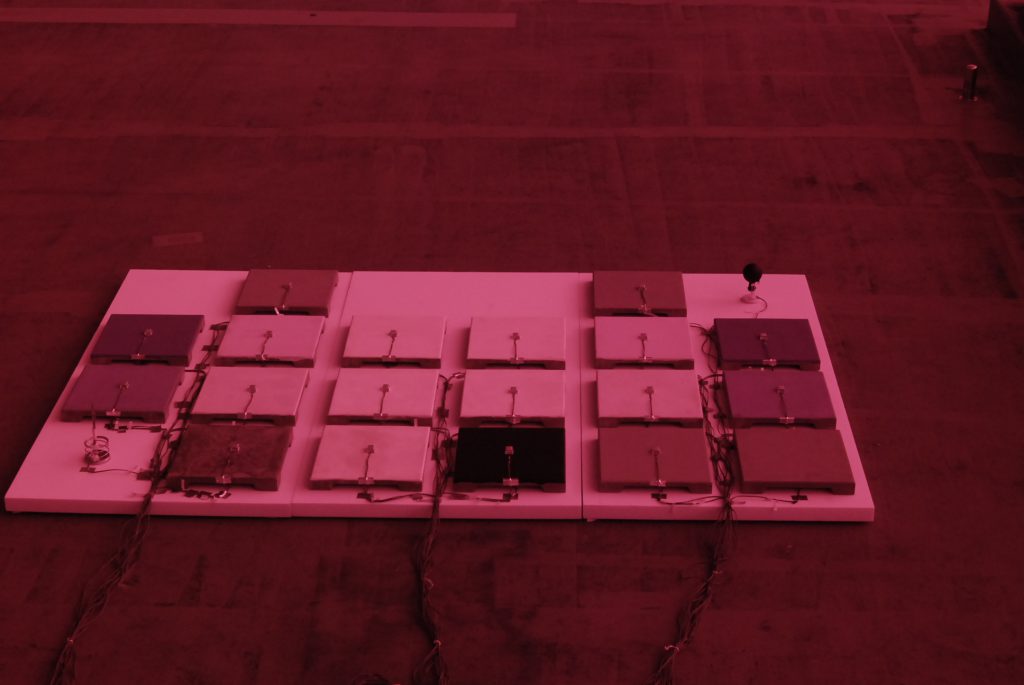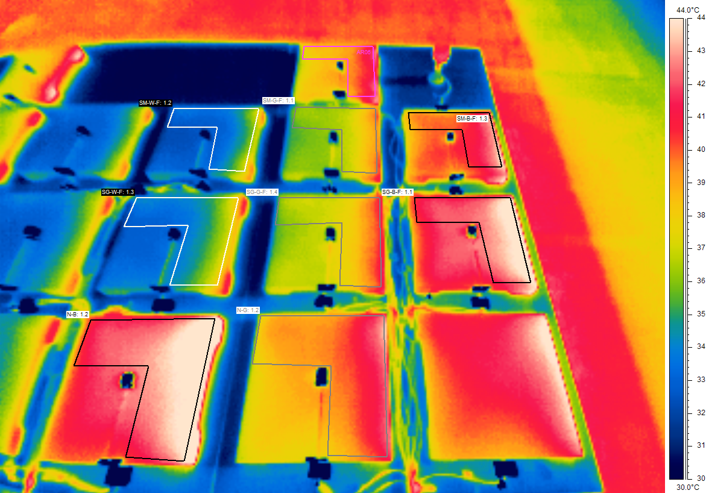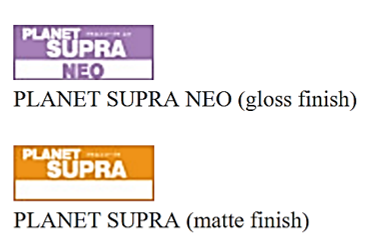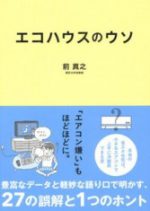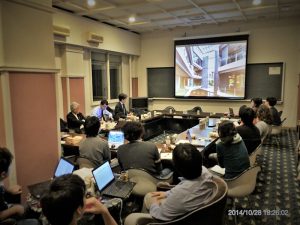
GGA Kickoff meeting, October 2014
GGA: is the acronym of the Global Green Architecture
GGA project aims to canvas and review the worldwide Green Design Trends, Codes and Practices. It compiles a deep understanding of the motives and the evolution process of the up-to-date global knowledge concerning and relating directly or indirectly to the green architectural activities.
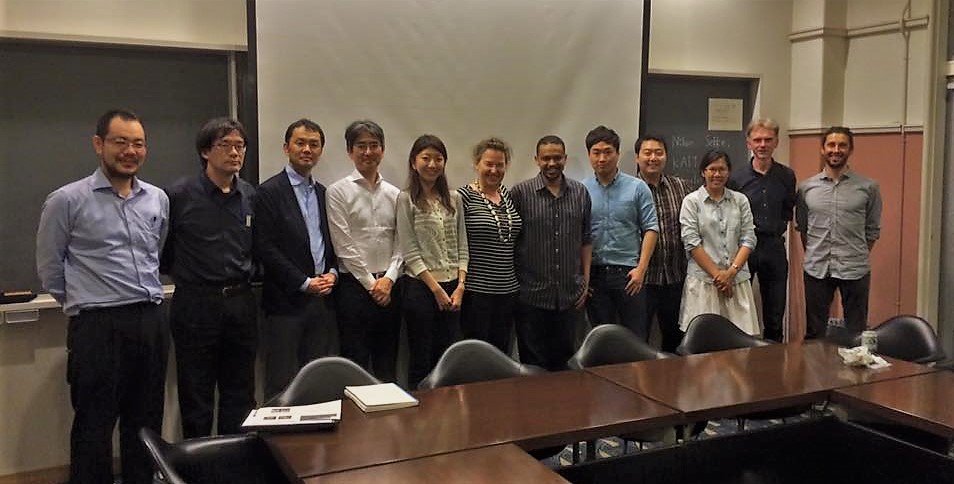
A memorial photo for the GGA members in 2015 summer term

GGA meeting on April 2015
GGA is a monthly meeting that brings together, professional architects and environmental design specialists, together with researcher and academians in one table to share, complement and insight each other on the intriguing topics of environmental and green architecture. The key participants are architects, engineers, and researchers from Nihon Sekkei, YKK AP.
To know more about our events, topics, and vision, please visit our Facebook page
-
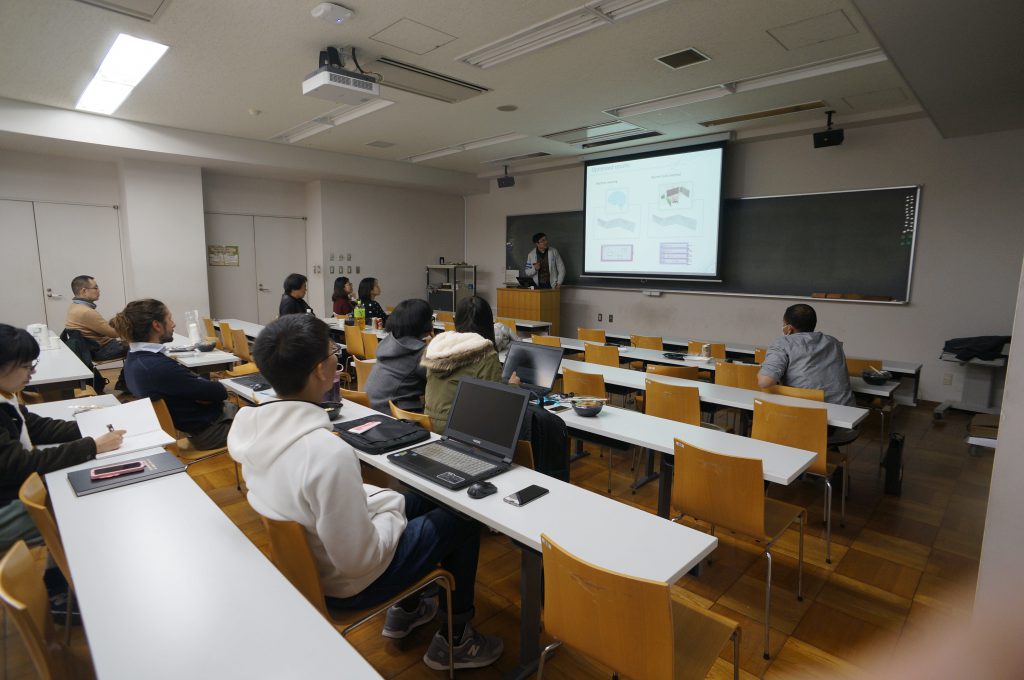
-
Facade optimization with machine learning, by Mr. Kumo
-

-
LEED v4 HOMES by Mrs. S. Ji
-
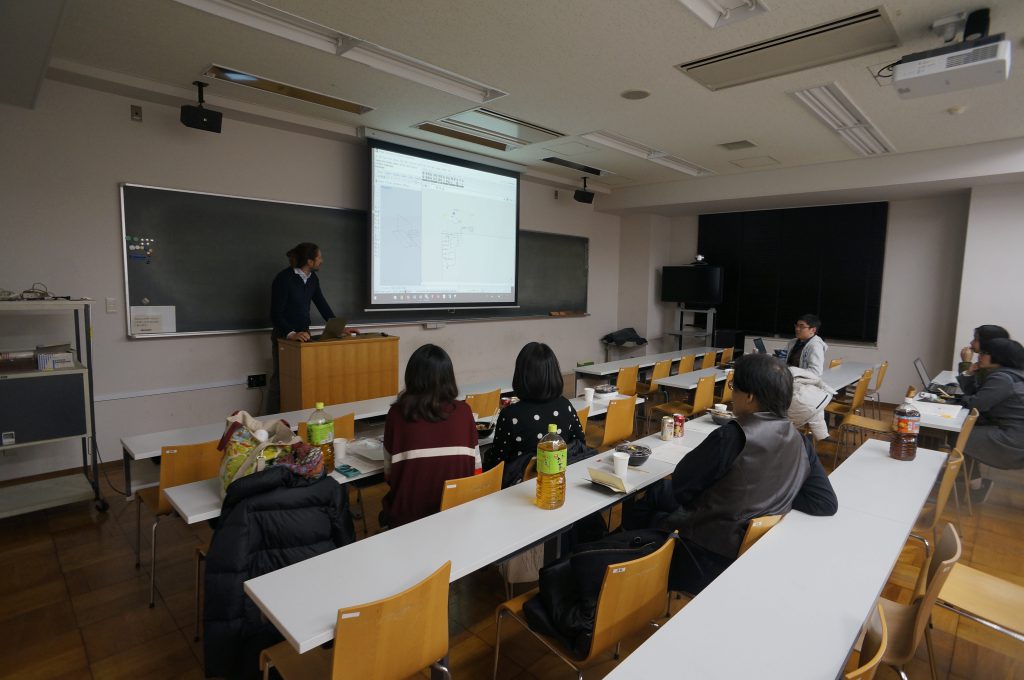
-
Daylight Regions and energy-daylight balance in Japan, by Mr. Federico
The last meeting for 2017, was held on the 13th of December. It consisted of five presentations. Two of them were returning topics and another two were thesis propositions.
The meeting began with Mr. Wang, who expanded the topic of the Japanese Passive House. At a previous meeting, he shared the basic model geometry. This time Mr. Wang showed us his understanding of the inputs and presumptions in the model, necessary to run an energy simulation. We hope that this project will be built upon and will promote collaboration between all GGA members through the BIM 360 shared platform.
Next was Mrs. Ji Siyu’s presentation of the latest LEED standard – LEED v4 for homes. It used to be a part of the BD+C LEED package but it was separated in order to give more options applicable to residential buildings lower than six stories. Mrs. Ji Siyu presented the basic workflow for evaluation and certification. One important conclusion was that this standard is more concerned with equipment than with building design.
The meeting continued with a presentation by Mr. Federico. He shared his doctoral thesis topic proposition: “Daylight Regions and energy-daylight balance in Japan”. In brief, the proposition consists of two parts. The first is a categorization on the scale of Japan, based on daylight. The second is a parametric study of different window types, aiming to give valuable insight and suggestions that designers can readily use to achieve better efficiency. Mr. Federico first showed the main parameters that he is taking into account and then the target results – in the form of graphs.
The penultimate presentation was a peek into Mr. Kumo’s chosen topic – “Facade optimization with machine learning”. He began by explaining the way machine learning functions and the expected results. That is a method, that when properly “trained” with an extensive enough database, will be able to predict probability. This will serve to eliminate obviously not working parametric combinations and save a considerable amount of simulation time. Mr. Kumo continued his presentation with two showcases of the method: first in the form of a façade design solution and then as a collaboration on the Japan daylight regions together with Mr. Federico.
Mrs. Chen gave the final presentation of the year, which was a continuation of an ongoing theme – Climate, energy, and architecture. The exact topic was Paris, France. Outside of the already mentioned in the title topics, Mrs. Chen gave special attention to the French native sustainable building code – HQE.
GGA meeting 2017.12.13 agenda were as following;
Opening ————————————————————— 5 min
Mr. J. Wang Heat load calculation in standard model 15 min
Ms. S. Ji Introduction to LEED v4 HOMES-mainly about energy performance 15 min
Mr. Federico Daylight Regions and energy-daylight balance in Japan 25 min
Mr. Kumo Facade optimization with machine learning 25 min
Ms. Y. Chen Climate, Energy & Architecture in Paris (FRA) 25 min
Closing ————————————————————— 5 min
-
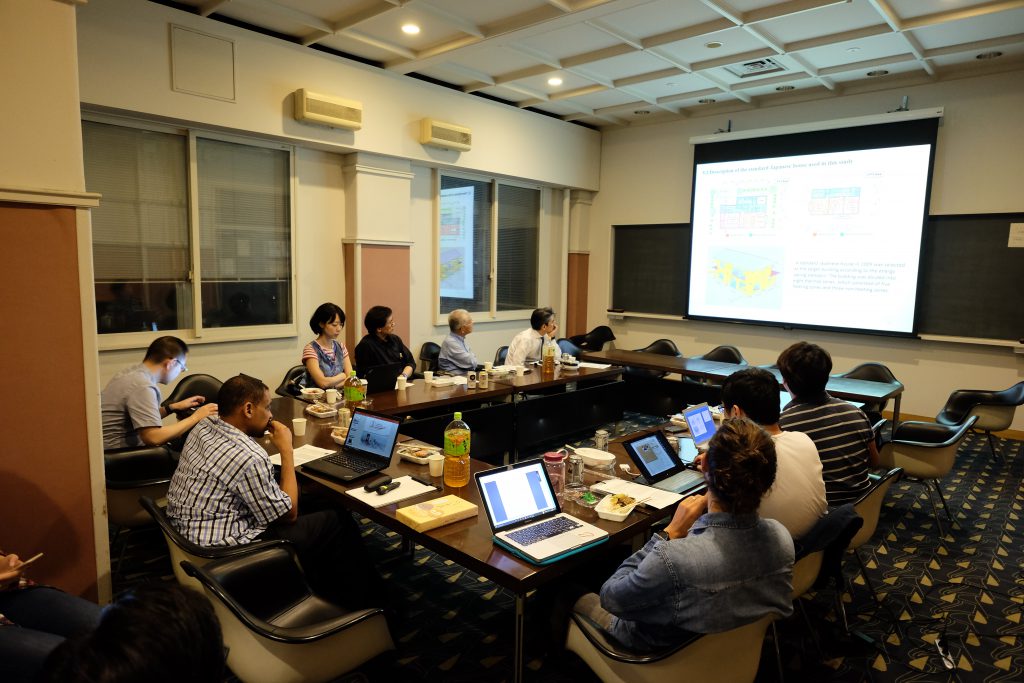
-
Meeting of 26-Sept-2017
-
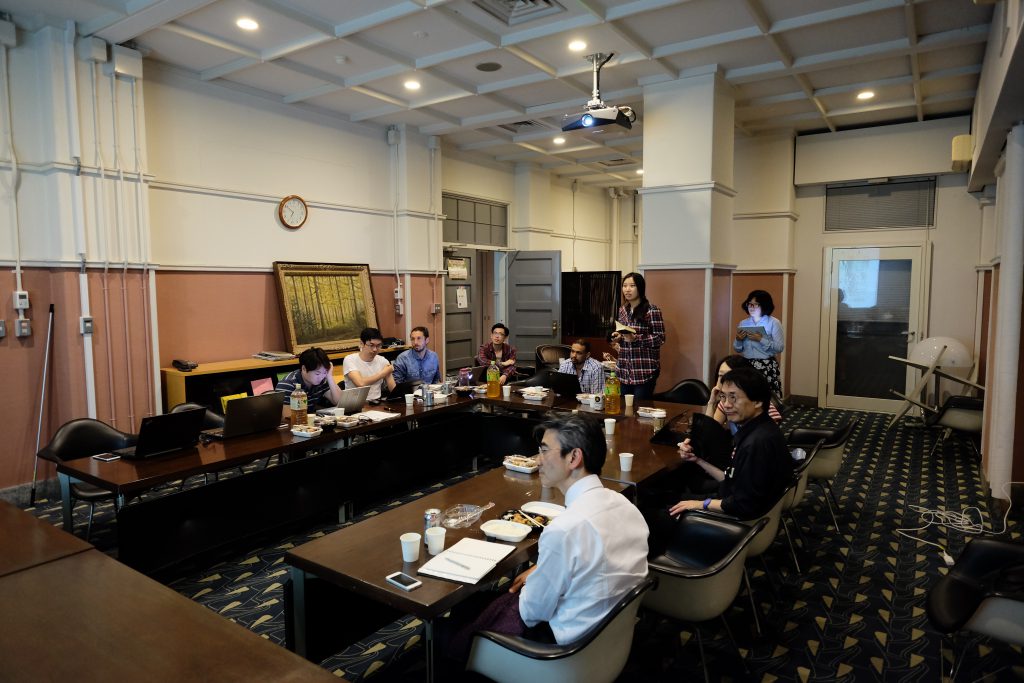
-
Self-introduction of Ms. Lucy (Yanmeng, Chen)
-
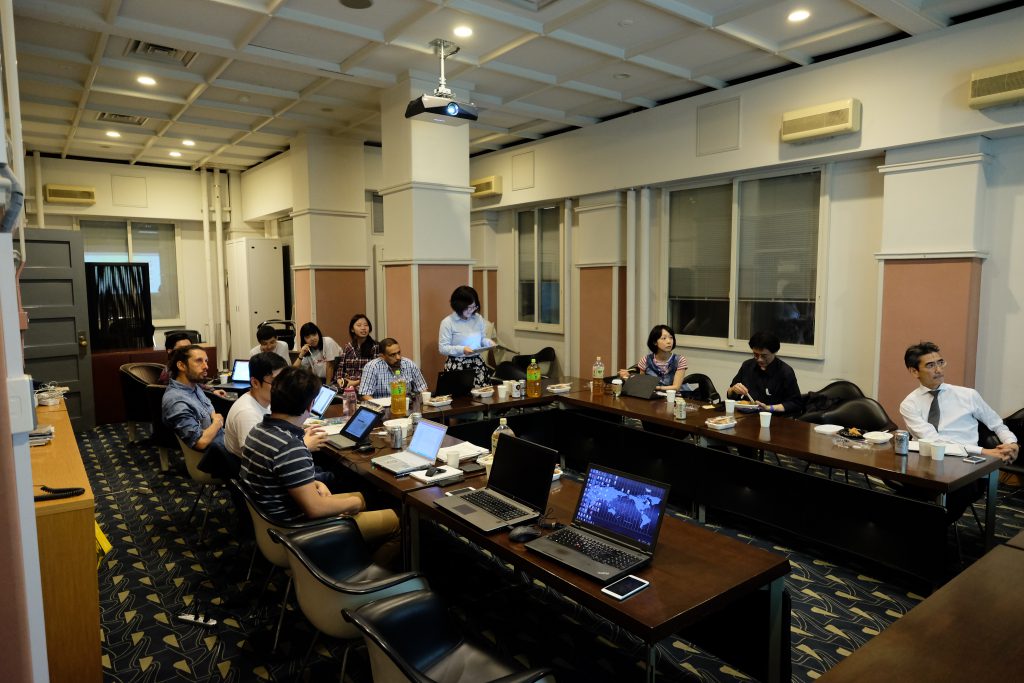
-
Self-introduction of Mrs. Ji Siyu
The meeting on September the 26th had involved many diverse topics. We started by sending our congrats to the graduates, to the successful candidates who managed to pass the entrance exams and finally to the newcomers. We then had s bris self-introduction to the two new students, where they have shown us some of their undergrad projects and their interests in general. After this, our recent doctoral graduate, Dr. Kim has reviewed one of his published papers which was part of his thesis. The paper discussed the implementation of the shape-stabilized PCM (SSPCM) across all the Japanese climate zones. in essence, the paper showed that incorporating the SSPCM will reduce the heating and cooling energy costs by maintaining much stable indoor temperatures, and it showed that the best application is to distribute the PCM sheets all over the internal surfaces rather than having it only on the floors. A subsequent presentation illustrated the development of the Japanese standard house model development. And lastly, the final presentation comprised a selected articles from the IBPSA conference that was held in San Francisco, August 2017. The selected articles mainly addressed the topics of the Early design stage design, advancements in the CFD real-time models and daylight-energy simulation coupling and optimization.
Opening ————————————————————— 5 min
– Welcome and Self-Introduction of newcomers,
1- Ms. Yanmeng Chen 5 min
2- Ms. Ji Siyu 5 min
Mr. Kumo EnergyPlus use in the MAU (Musashino Art Uni) Project 30 min
Dr. Kim Paper review about the Application of shape-stabilized PCM 30 min
Mr. WANG J. + Dr.Yasin Japanese Standard House Model report 10 min
Mr. Kumo + Dr.Yasin IBPSA conference – selected topics 45 min
Closing ————————————————————— 5 min
meeting on the 28-June 2017 was structured to cover two cities under the CEA topic, i.e. Climate, Energy & Architecture interrelations and their cross implications on the green design practice in the specified region. Moreover, in our meeting, we send congrats to Arch. FRANK la Rivier for the reward on the international “A’-Award” competition. Mr. Frank elaborated the competition process and shared his winning design strong points and the means of presenting them that enabled him winning the trophy. Lastly, Ms. Por, a Mae-lab Ph.D. student, has reported the progress of the GGA project, “Th Musashino Art University” stack effect and cross ventilation evaluation project. in summary, the meeting agenda was as the following;
Opening ————————————————————— 5 min
Hang LIU Climate, Energy & Architecture (Brazil) 20 min
FRANK la Rivier A’-Award 30 min
WANG Jiahe CEA (Australia) 20 min
Prudsamon K. (POR) MAU (Musashino Art Uni) simulation report 30 min
MAO Yuancheng CEA (India) 20 min
Closing ————————————————————— 5 min
![]() 前+谷口スタジオ Facebook
前+谷口スタジオ Facebook

 EPW変換マクロのダウンロード
EPW変換マクロのダウンロード










